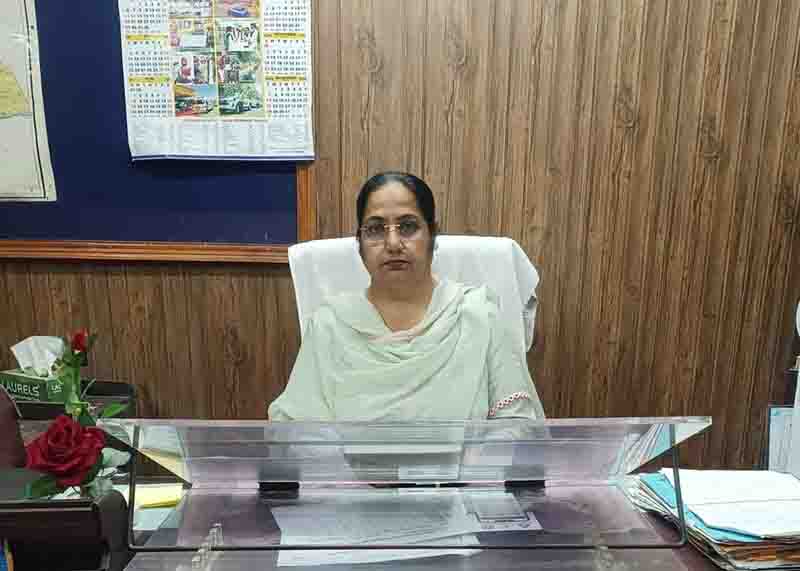Punjab: In conversation with Avneet Kaur, DEO (secondary) Gurinderjit Kaur said that allocating budget for education is a strategic investment in human capital. In conversation with Avneet Kaur, District Education Officer (secondary) Gurinderjit Kaur said that allocating budget for education is a strategic investment in human capital Education is the backbone of a progressive society. It promotes economic growth, social equality and cultural development. Allocating public funds for education is not just an administrative function – it is a strategic investment in human capital. Adequate and well-targeted funding ensures better infrastructure, inclusive access, quality teaching and improved learning outcomes. As governments prepare their annual budgets, the portion dedicated to education becomes an important indicator of the state’s long-term priorities. In Punjab, the 2025 budget allocates about 12 per cent of the total state outlay to education. This investment is crucial to improving the quality of school education across the state.
A major chunk is being directed towards infrastructure development through schemes like the Samagra Shiksha Abhiyan, which focuses on upgrading school buildings, setting up digital classrooms, building boundary walls and providing facilities like libraries, science labs and improved sanitation. These efforts are aimed at making the school environment more conducive to learning. Model institutions like School of Eminence have been given a significant boost with an allocation of Rs 100 crore. Other experimental models like School of Brilliance (Rs 15 crore), School of Applied Learning (Rs 17 crore) and School of Happiness (Rs 10 crore) are part of the state’s vision to redefine school education through a diversified pedagogical framework. To increase access, especially for students from disadvantaged backgrounds, emphasis has been laid on continuing schemes that provide free transport, books and uniforms. Mission Samarth, with an allocation of Rs 12 crore, seeks to support academically weak students through structured remedial programmes and tutorial support. These initiatives mark progress, but DEO (secondary) Avneet Kaur underlined the importance of more provisions for teacher training, especially at international forums.
Dedicated funds have also been sought to strengthen inspection and monitoring mechanisms at the block and district levels, to ensure consistency and accountability in school performance. Rural-urban disparities remain a persistent issue. Despite budgetary provisions, rural areas often lag behind in infrastructure. Targeted allocations are needed to bridge this divide. In today’s tech-driven world, the integration of digital tools in classrooms is crucial. Budgetary support for smart devices, internet connectivity and online resources is essential to prepare students for the demands of the digital economy. Scholarship schemes and financial incentives are already in place, but stakeholders say children from economically weaker sections still face barriers. Guidance and counselling services have been introduced as part of the educational framework, but she suggests expanding the scope and funding of this component to more effectively support students’ career and emotional development. The state has also allocated Rs 980 crore for sports. A more integrated approach between education and sports funding could help nurture talent and promote holistic development.
